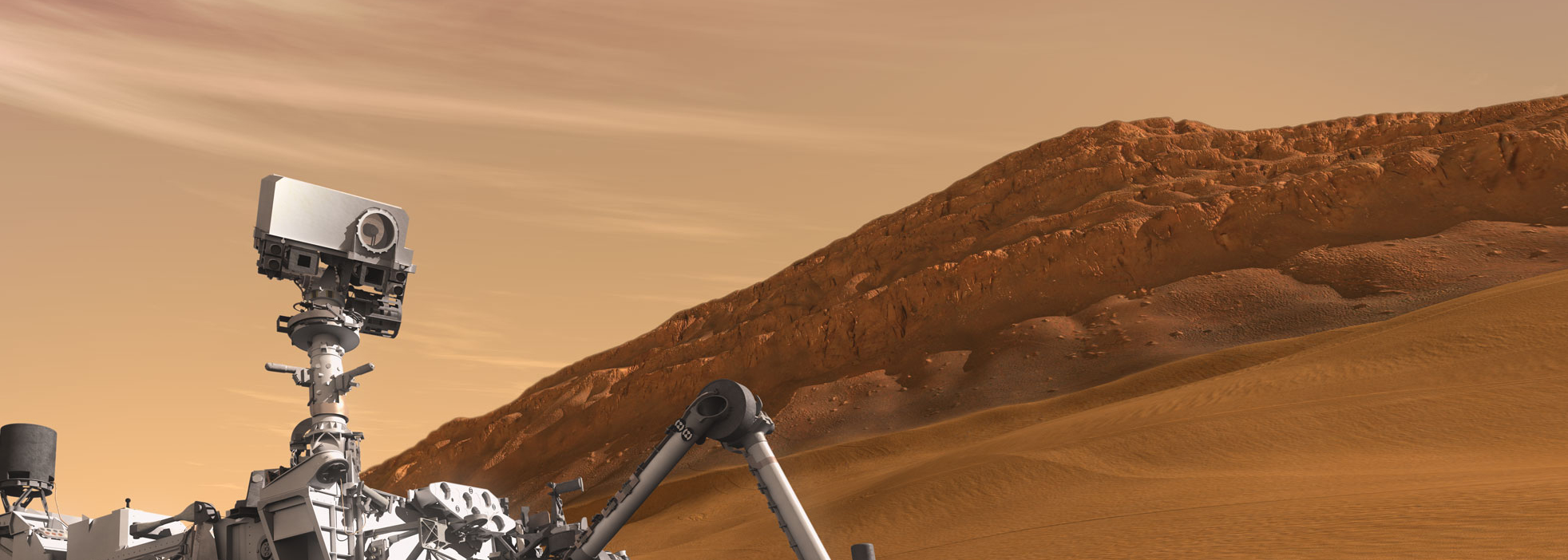26 Feb Space Assets Could Help Monitor Nuclear Waste Recycling
Nuclear waste disposal may not be a topic of consideration on the evening news, but perhaps it deserves some airtime. Approximately 11% of the world’s electricity is produced by nuclear power plants – almost double the amount generated by solar, wind, geothermal and tidal sources combined. As we continue to search for sustainable sources of energy, nuclear power options continue to be explored. Notwithstanding the benefits, generating electricity from nuclear energy creates radioactive waste product. Increasing output of nuclear power will almost inevitably lead to a threating accumulation of nuclear waste and adequate solutions are seemingly elusive. In a Note to be published in Volume 42 of the Journal of Space Law, Ole Miss law student, Cameron Pittman, proposes that an increased output of waste can be mitigated with present-day technology, namely Waste Annihilating Molten Salt Reactors (WAMSR). And space assets can play an important monitoring role.
WAMSRs are able to essentially recycle the waste produced from nuclear reactions to produce power by taking unused uranium out of spent fuel rods and dissolving it in molten salt. WAMSRs boast benefits such as emission-free processing, quick and safe shut down mechanisms, and geographical freedoms as to where they can be built. Pittman’s Note proposes the development of an international agreement to build WAMSRs and allow for constant monitoring of their operation via remote sensing to ensure compliance with the new treaty. Calling WAMSRs essential for the future use of nuclear power and management of waste, the Note seeks to establish an international regime with slight divergence from the current Remote Sensing Principles by adding, Pittman says, an “affirmative duty to declare their remote sensing activities to the sensed state.” Strengthening particular portions of the Principles is necessary for Pittman’s proposal to work – which his analysis addresses in detail. Additional review of current international and domestic laws needing modification show how new protocols will promote the use of WAMSRs.
The article takes no shortcuts in looking at a variety of conventions including those on nuclear safety, assistance and notification in the event of a nuclear accident, nuclear waste management, and the Outer Space Treaty. Considering that the call for remote sensing as a method of supervision would be a wholly space-based endeavor, Pittman presents the need for international cooperation and transparency. The proposal may be titled with the word “modest” but the legal analysis is worthy of continued discussion to use space assets to help improve the world’s use of nuclear power and nuclear waste. Look for the full article in Volume 42 of the Journal of Space Law.


